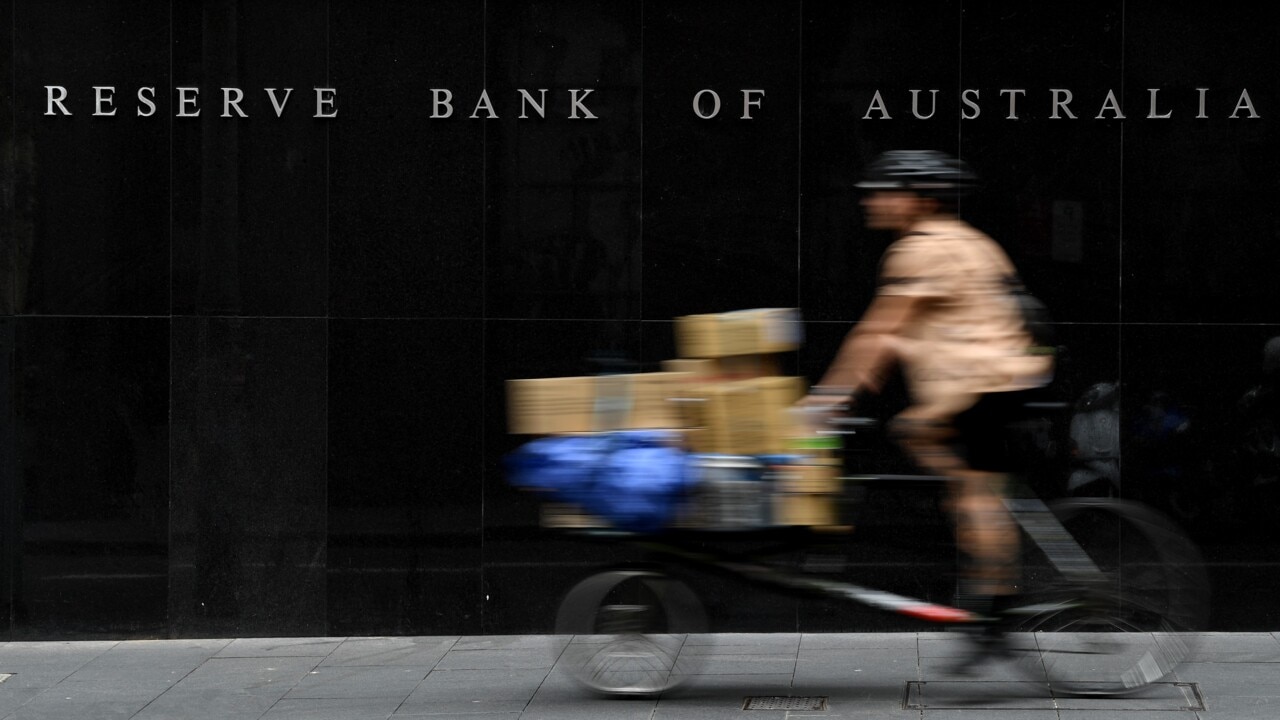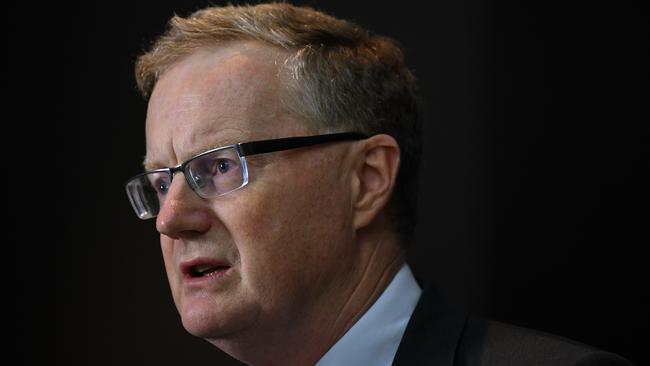Terry McCrann: Why Reserve Bank went zero-point-one
With the most widely anticipated Reserve Bank decision in years, and a strong rise overnight on a Wall St, our market has risen strongly — but it is headed for both immediate and longer-term volatility, writes Terry McCrann.

Terry McCrann
Don't miss out on the headlines from Terry McCrann. Followed categories will be added to My News.
We have finally joined the rest of the world in full-on 150-proof money-printing more formally known as quantitative easing or QE.
It will have one clear major effect – it will further boost the value of, arguably creating bubbles in, property and shares.
We saw the immediate effect with our market rising strongly into the most widely anticipated Reserve Bank decision in years, and then easing only slightly post-announcement to sustain a near-2 per cent rise through to the close.
True, and importantly, our market had been driven by a strong rise overnight on Wall St which over the past couple of weeks has been somewhat volatile, battered by twin fears over the virus and the presidential election.
This is the critical qualification to my opening assertion about boosting shares and property. It is Wall St and not the RBA which will ultimately drive our share market – and it is headed for both immediate and longer-term volatility whatever the outcome of the election, precisely because of whatever that outcome (or non-outcome) turns out to be.
The RBA announced what was at the same time both its biggest ever and smallest-ever rate change – but which was in any event much the lesser but still the core component of Tuesday’s package.
The 15 point cut from 0.25 to 0.1 per cent was the smallest ever made by the RBA. It has never previously cut (or hiked) by less than 25 points.
But the cut was also the biggest the RBA has ever made in percentage terms – 60 per cent.
The previous biggest was 50 per cent, when it cut from 0.5 to the 0.25 per cent earlier this year.
The impact for both borrowers and savers is marginal to zero.
Savers were already getting all-but zero on their bank deposits; they will now get a little less than all-but zero.
On the one hand if you were prepared to leave your money in the bank at ‘yesterday’s’ pitiful rate, you are hardly likely to rush to take it out because the rate might become slightly more pitiful. You wanted security; indeed you might want it even more.

On the other hand, it could be the final straw which forces some – many? – to start chasing some sort of return in riskier investments, like most obviously shares.
This is further ‘encouraged’ by RBA governor Philip Lowe’s emphatic statement that he will keep his official rate and, by extension, bank deposit rates at all-but zero for at least three years from here.
I am seriously troubled by this. People in their 70s and 80s should not be forced to embrace risky investments to get some sort of return.
It also makes absolutely imperative the government abandons – yes, gets rid of, not adjusts – its utterly ludicrous and punitively unfair investment-income deeming rate for pensioners and other social security recipients.
Where the rate cut has its biggest policy impact is the way it anchors all the other things the RBA is doing. They are three.
It is buying government bonds out to three years to align the yield on them with its official rate. Before Tuesday it was keeping that yield at 0.25 per cent; now it will keep it at 0.1 per cent.
It is lending up to $200bn to the banks to on-lend, charging them the 0.25 and now the 0.1 per cent.
It will now be buying $100bn of 5-10 year federal and state bonds. The yields on those bonds and the prices it will pay will now build off the 0.1 per cent three-year yield rather than 0.25 per cent.
The core reason the RBA believes all this has to be done at 0.1 rather than 0.25 per cent is the international QE game that is being played by the major central banks of the US, Europe and Japan.
The trillions of dollars of money printed around the world (our RBA is now adding $100bn to the global pool) is chasing yield (government bonds) or return (shares and property).
When everywhere else was zero, our 0.25 per cent threatened to be a strong magnet – and money flowing into our bonds would push up the value of the Aussie dollar, making it tougher for business and especially exporters.
So the comprehensive ‘zero-point-one package’ is essentially about keeping (trying to keep) a lid on the Aussie dollar.
The RBA also thinks that all this has greater traction to work to actually boost the economy because we came though the past few months better than previously expected.
We shall see. First, we shall see what happens in America.
Originally published as Terry McCrann: Why Reserve Bank went zero-point-one

